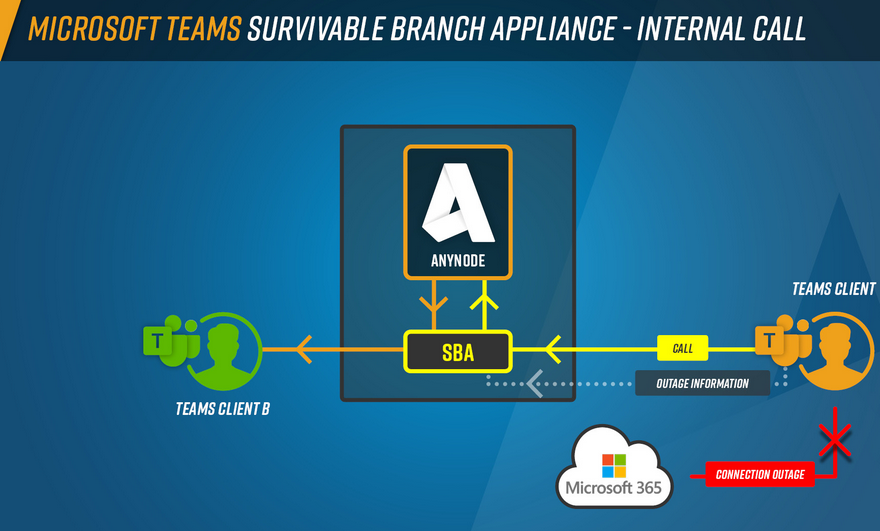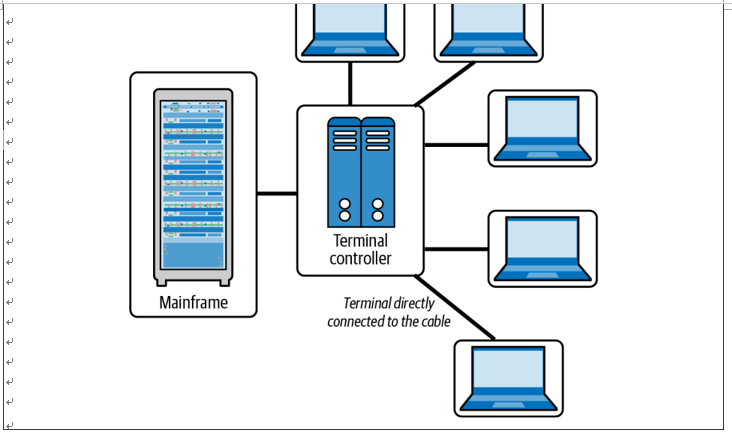Formal AWS certification program – Keeping Up with Evolving AWS Security Best Practices and Threat Landscape
Formal AWS certification program
AWS certifications encompass a wide range of knowledge areas within AWS. They can be very interesting options for professionals seeking to validate and enhance their expertise. Opinions on the value of certifications in general vary widely and are often debated. I find certifications to be instrumental in setting goals for self-study and invaluable as a freelance AWS security consultant and instructor for demonstrating expertise and commitment to professional development.
Overview of the AWS certification program
AWS offers a series of certifications that can be instrumental for individuals aiming to develop and demonstrate their AWS knowledge. A considerable portion of each certification’s curriculum is devoted to security-related topics, accounting for 15% to 30% of the exam content, as outlined in the guide documentation for each specific exam. The exception to this range is the AWS Certified Security—Specialty exam, which is wholly centered on security topics.
For readers of this book embarking on their AWS learning path, the following certifications are particularly pertinent:
- AWS Certified SysOps Administrator – Associate (SOA): This certification validates expertise in deploying, managing, and operating workloads. It also covers operational security to ensure VPCs and systems are secure and compliant.
- AWS Certified Developer – Associate (DVA): Ideal for developers, this certification covers security concepts relevant to developing and maintaining secure applications on AWS throughout the CI/CD pipeline.
- AWS Certified Solutions Architect – Associate (SAA): This certification focuses on designing secure and robust distributed systems using multiple AWS services. It covers aspects of network security, encryption, and access control, among others.
- AWS Certified DevOps Engineer – Professional (DOP): Tailored to professionals involved in DevOps roles, this certification dives deeper into automation and security protocols for continuous delivery and the secure deployment of applications and infrastructures on AWS.
- AWS Certified Solutions Architect – Professional (SAP): For advanced architectural skills, this certification includes designing scalable and secure solutions across diverse AWS projects and services.
- AWS Certified Security – Specialty (SCS): Specifically tailored for security experts, this certification is crucial for those looking to prove their knowledge of AWS security services and best practices. It is highly relevant to you as it offers deep insights into AWS-specific security considerations.
- AWS Certified Advanced Networking – Specialty (ANS): This certificate demonstrates mastery in architecting and operating highly available, secure network solutions on AWS. It’s ideal for network engineers and security specialists responsible for robust network infrastructure.
With an understanding of the key AWS certifications to target, let’s proceed to examine the wealth of resources and study strategies to ensure your success in these exams.










